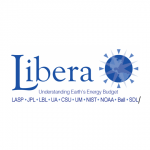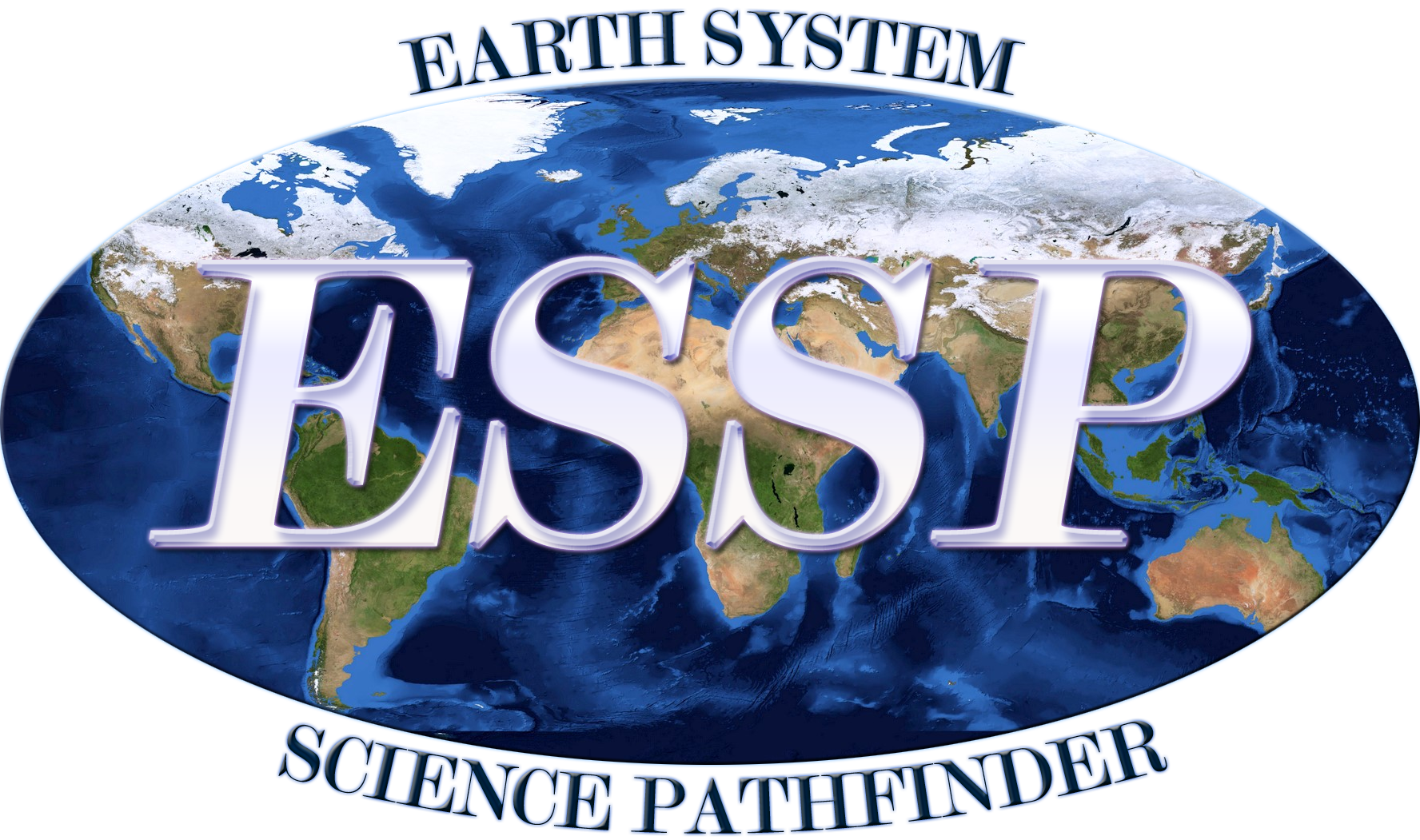
Libera
https://lasp.colorado.edu/home/libera/
What causes the Earth to cool or warm?
LLibera is named after the daughter of Ceres, the Roman goddess of agriculture. Libera is all about building on and connecting to other studies. Because of this relationship Libera is called a continuity mission, meaning it will continue the multi-decadal record of Earth’s outgoing mission NASA’s Clouds and the Earth’s Radiant Energy System (CERES). Libera will continue the mission of her mother, measuring Earth’s outgoing radiative energy.
These measurements of solar radiation that is reflected by Earth’s surface and atmosphere, and terrestrial radiation, that is emitted by the Earth and vented to space. When averaged over the time period and area of the globe and then compared with the incoming solar radiative energy, this provides an important assessment of the state of the climate system. If the outgoing radiation exceed incoming, the Earth cools; if incoming exceeds outgoing, it warms.
The Libera instrument will fly on NOAA’s operational Joint Polar Satellite System-3 (JPSS-3) satellite, which is scheduled to launch by December 2027.
“Libera will provide vital information on the state of Earth’s climate, including how it is changing and what are the causes. It will extend an important climate data record, increasing the value of this record for identifying and quantifying the processes responsible for global change.” Peter Pilewski PI, Libera
Understanding climate change and its causes is perhaps the greatest environmental challenge humankind has faced. Knowledge gained from Libera may be used to guide policy that aids current and future generations on how to mitigate and adapt to global change.


